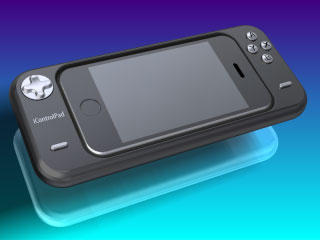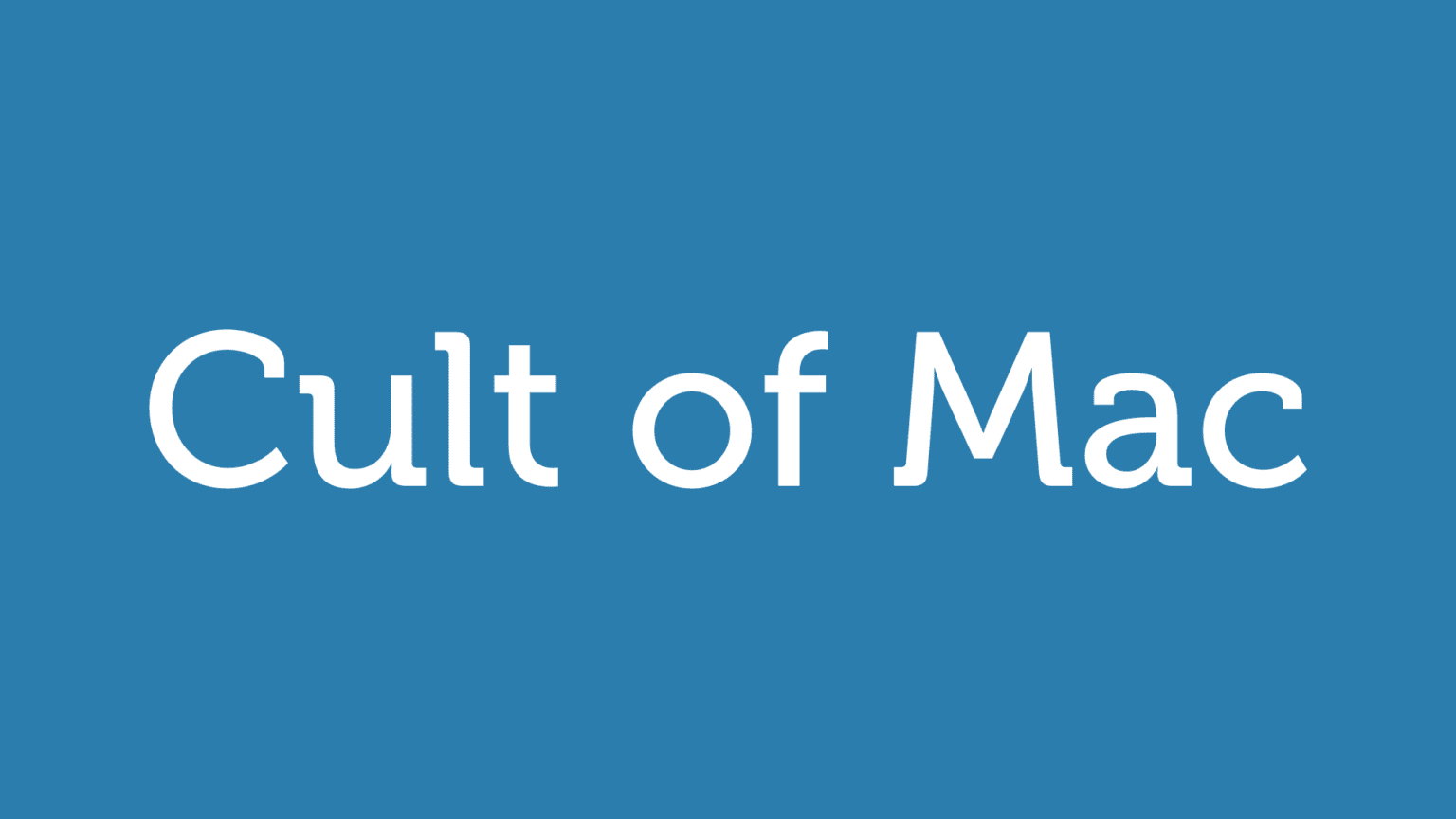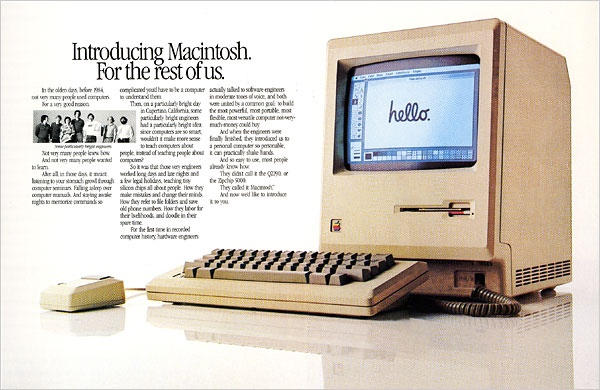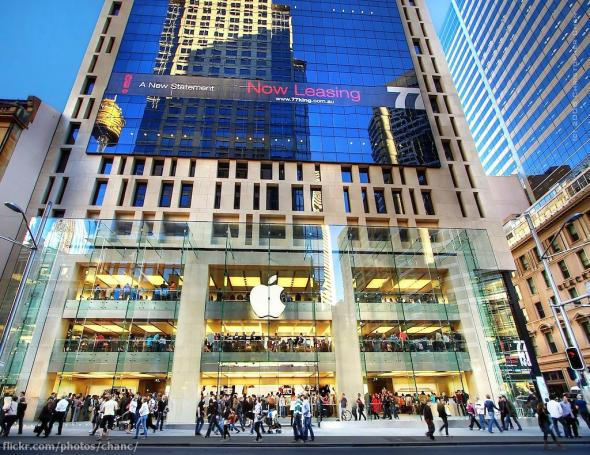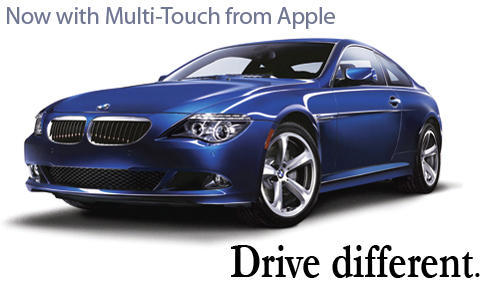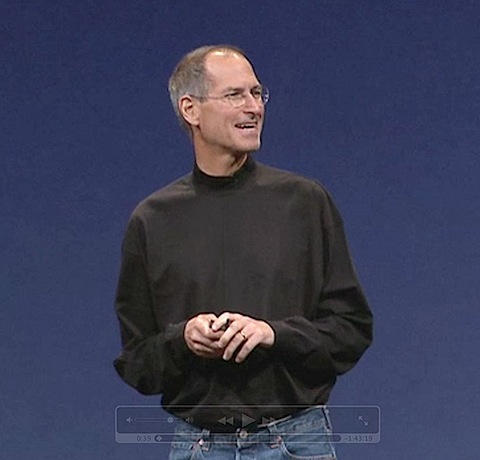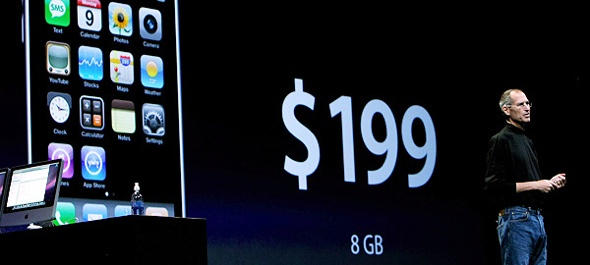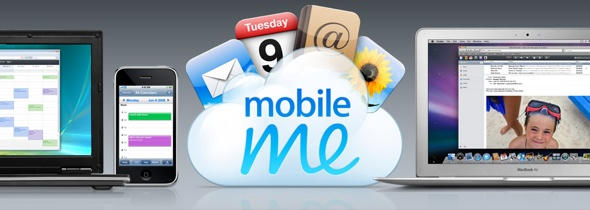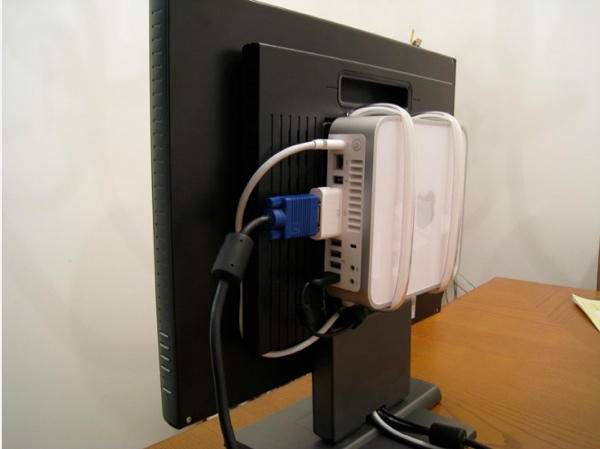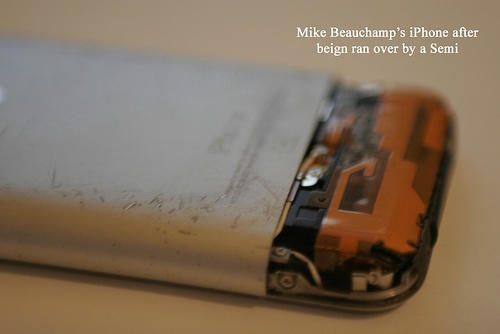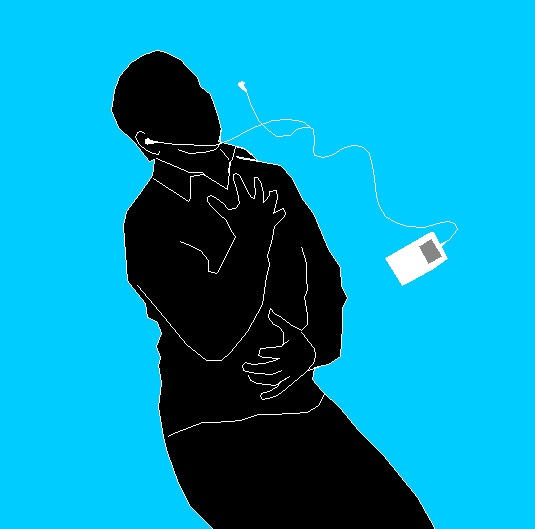I’ve been a gamer for a very long time. I distinctly remember my dad helping me to play one of the earliest Space Invader units by lifting me up (what with a diminutive version of your correspondent not being able to see the screen properly) and then pretty much instantly regretting it (what with me being rather heavier than he realized). I’ve devoured games on ZX Spectrums, Commodore 64s, BBC Micros, Amigas, PCs, Macs, and consoles from Atari, Nintendo, Sega, Microsoft and Sony. And although today’s gaming landscape is clearly significantly more conservative and homogenized than that of the 1980s or early 1990s, there are still many gems lurking amongst the dross.
It’s curious to see Apple again taking interest in games. Few will remember the disaster that was the Pippin, a joint production with Bandai that rightfully made #22 on a top 25 worst tech products of all-time list by PC World, and Macs have never really been at the forefront of gaming, with users typically forced to pick up two-year-old PC games at current PC-game prices.
With iPhone, there’s a feeling things might be different this time. Right from the start, Sega was extolling the virtues of the device, demoing a highly competent version of Super Monkey Ball, and reports suggest spec-wise that Apple’s hardware rivals Sony’s PSP and Nintendo’s DS, which are the only two mobile gaming platforms worth a damn. Also, Jobs claims a third of the first wave of applications on the AppStore will be games.
My concern is that the genius of Apple’s lack of physical controls for most applications (thereby enabling context-sensitive controls and keyboards) might be its undoing in the games world. Jailbroken iPhones offer emulators of classic consoles, but the lack of tactile controls renders them borderline unplayable, and although the iPhone’s accelerometer and touch-screen will force (some) developers to create unique and innovative products, there’s a real risk iPhone as a gaming platform will remain a seriously niche concern, by virtue of lacking a D-pad and other ‘standard’ controls.
Some might argue that iPhone’s unique controls can only be a good thing, using Nintendo’s Wii and DS consoles as ‘proof’. But while both of those devices have proved staggeringly popular, they offer alternatives to developers. Yes, you can wave the Wii remote around like a loony, or draw on the DS touchscreen, but more typical control methods are also catered for. And it’s pretty obvious that some developers try to shoehorn unwieldy control systems into games (a shocking number of DS games require hateful microphone-based controls at some point) on such consoles because they can. But with the iPhone, they will sometimes have to.
Looking at iPhone gaming demos to date, there’s already a split between games such as Super Monkey Ball using iPhone to fashion highly intuitive controls via tilting, and more traditional games being hamstrung, leading to having to ‘jolt’ your iPhone upwards to make a character jump. A quick glance around the web suggests I’m not alone in wishing iPhone catered for all, rather than those with an ‘accelerometer and tilting’ fetish. One Mac user created a mock-up of a PSX-style controller for iPhone, and the people over at icontrolpad.com (pictured right) have prototyped a device that almost turns iPhone into a PSP-style handheld console.
Unfortunately, any devices along these lines are likely to be limited to jailbroken iPhones—at least for the foreseeable. But here’s hoping Apple takes these ideas on board. For while I’m all for innovation and playing something new, it’d be a shame to restrict iPhone to certain types of games, simply by not giving developers access to a full range of controls, tactile or otherwise.



